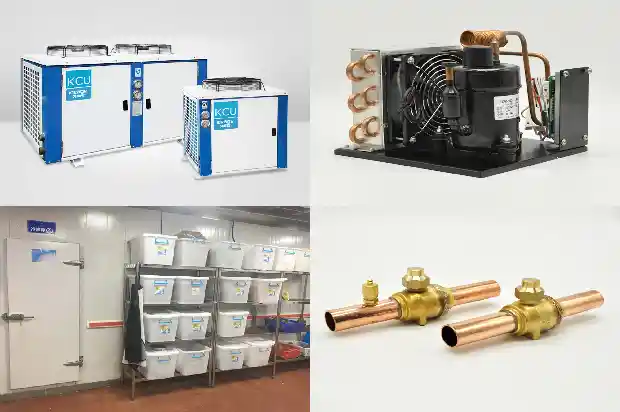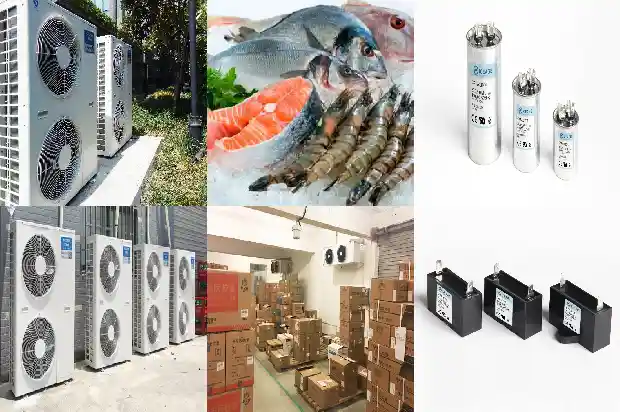System Airtightness Experiment Requirements and Steps
2024-08-31
After completing the system blowdown for air-cooled chillers, water-cooled chillers, screw chillers, etc., the airtightness test is carried out. The purpose is to check the installation quality of the refrigeration system of the chiller and test whether the sealing performance of the system under pressure is good.
Requirements and steps for the system airtightness test:
- The pressure test medium should be dry, clean compressed air (normal pressure dew point temperature is -35°C) or nitrogen.
- According to the construction situation and the size of the refrigeration systems of air-cooled chillers, water-cooled chillers, and screw chillers, pressure testing can be carried out in sections and subsystems.
- Before the pressure test, except for closing the valves of the compressor itself, all manual valves should be opened, and the spool components such as solenoid valves and check valves should be removed (save the number) to ensure smooth pipelines.
- During the pressure test, float level controllers, etc. can be temporarily isolated.

- At the beginning of the pressure test, the valves at both ends of the liquid level gauge are closed first, and then slowly opened after the pressure is stable.
- During the pressure test, soap water needs to be applied to check for leaks at all connections of the pipelines of air-cooled chillers, water-cooled chillers, or screw chillers.
- The final result of the system airtightness test depends on whether the pressure drop after gas cooling is not greater than 30 kpa within 6 hours after the start of the pressure test.
In the next 18 hours, when the room temperature remains unchanged and the pressure no longer drops, it is considered qualified.
Related Articles
- What Misconceptions Should Be Avoided in Low - temperature Refrigeration System Repairs
- Essential for Maintenance! Parameters and Phenomena of Normal Operation of Refrigeration and Heating Systems
- Introduction to Control Valves in Refrigeration Systems
- Welding Equipment Used in Refrigeration System Maintenance
- Where Lie the Key Construction Technologies of the Ammonia Refrigeration System?
- What Are the Differences Between R22 and R404A Cold Storage Systems?
- Selection of Bypass Control Valves for Air - conditioning Water Systems
- Has Your Refrigeration System Experienced "Oil Carry - over"?
- Basic Knowledge of Valve - type Components in Refrigeration Systems (Technical Sharing)
- Maintenance Techniques for Air - conditioning Refrigeration Systems
- Characteristics and Differences among Water System, Air System and Refrigerant System
- How to Select and Use Water Pumps for Air - conditioning Systems?
- Essential Basics for Maintenance, Debugging of Refrigeration and Air - conditioning Systems
- Why Does the Evaporation Temperature of the Refrigeration System Drop Too Low? And Why is the Condensing Pressure Too High?
- Operating Principle and Standard Installation Steps of Multi - split Systems in Refrigerant Air - conditioning Systems
- How to Make Refrigeration Systems More Energy - Efficient?
- Analysis of 6 Components in Air - cooled Multi - split Systems
- What Are the Three Essential Conditions for the Safe Operation of the Refrigeration System?
